The path to the lake Lobnor. The second expedition of Przhevalsky
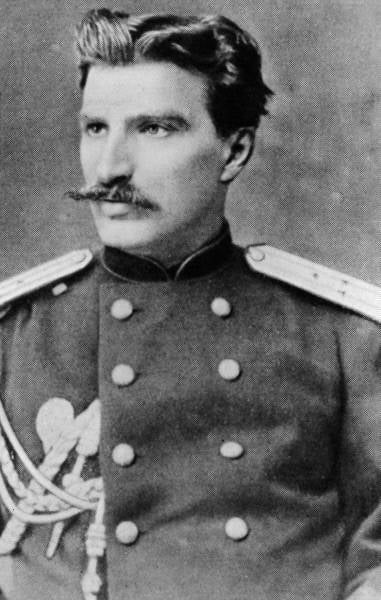 By the time of the second expedition, 37, the year-old Nikolai Mikhailovich Przhevalsky (1839-1888) was already an experienced traveler. Behind Przhevalsky, by the way - a professional soldier, were traveling in the Far East and Central Asia, and most importantly - his illustrious first expedition to the desert regions of Mongolia and Xinjiang. A native of the village of Kimborovo, in the Smolensk province, Nikolai Przhevalsky was noble by birth, and his clan received the Silver Bow and Arrow emblem, turned upwards on Red Field for military prowess in the battles of the troops of the Polish king Stefan Batory. Yes, the ancestors of Przhevalsky at that time fought against the Russians, but after a century their descendant Nikolai became a Russian officer and made a great contribution both to geographical science and to the expansion of Russian influence in Central Asia.
By the time of the second expedition, 37, the year-old Nikolai Mikhailovich Przhevalsky (1839-1888) was already an experienced traveler. Behind Przhevalsky, by the way - a professional soldier, were traveling in the Far East and Central Asia, and most importantly - his illustrious first expedition to the desert regions of Mongolia and Xinjiang. A native of the village of Kimborovo, in the Smolensk province, Nikolai Przhevalsky was noble by birth, and his clan received the Silver Bow and Arrow emblem, turned upwards on Red Field for military prowess in the battles of the troops of the Polish king Stefan Batory. Yes, the ancestors of Przhevalsky at that time fought against the Russians, but after a century their descendant Nikolai became a Russian officer and made a great contribution both to geographical science and to the expansion of Russian influence in Central Asia. Having completed a course of study at the Smolensk gymnasium in 1855, Przhevalsky chose a military career and entered as a non-commissioned officer in the Ryazan infantry regiment. Soon he received the first officer rank and transferred to the 28 th Polotsk Infantry Regiment. However, service in the garrison units did not deceive the future traveler, it seemed to him very boring. It seemed to the young man that he was waiting for more large-scale affairs and accomplishments than the service of an ensign in a provincial infantry regiment. It was at this time that he caught fire with the prospects for research into unexplored regions of Siberia and the Far East. But it was not easy to realize the dream of traveling - after all, who would listen to the usual warrant officer from the Polotsk regiment? Przhevalsky enrolled in the General Staff School, from which he graduated in 1863 year.
However, Przhevalsky, reinstated as a lieutenant, returned to the Polotsk Infantry Regiment, volunteered to suppress the Polish uprising of the 1863 of the year, and then was transferred to teaching work at the Warsaw Junker School. Service in the school provided an excellent opportunity to combine scientific research with a military career. In the end, in 1866, Przhevalsky managed to achieve his transfer to the headquarters of the East-Siberian military district in Irkutsk. It was unspeakable luck and, in principle, it was with her that Przhevalsky's journey began as a traveler, an explorer of unexplored regions of Siberia, the Far East and Central Asia. The young officer dreamed of traveling to Mongolia and Tibet, but the leadership of the geographical society believed that he had no experience of serious Przhevalsky expeditions to go there. Therefore, the first appointment Przhevalsky received in the Ussuri region. He explored poorly studied areas of the Ussuri region, having covered 1100 kilometers over the winter. In Manchuria, Przhevalsky pacified local Chinese robbers. For this, he was appointed senior adjutant of the headquarters of the troops of the Amur Region, and the officer reflected the results of the expeditions in the works “On the non-native population in the southern part of the Amur Region” and “Journey to the Ussuri region”.
In 1870, Nikolai Przhevalsky undertook the first long-awaited journey to Central Asia. He arrived in Kyakhta, from where he left for Beijing, where he received permission to travel in Xinjiang. From Beijing, the Przhevalsky path lay to the Dalai-Nur lake, then to the Yin-Shan and Suma-Hody ranges, to the Alashan desert and the Alashan mountains. In ten months, the expedition traveled about 3700 kilometers. In 1872, the city of Przhevalsky went to Cooko-Nor lake, trying to get to Tibet, but this attempt was unsuccessful and the traveler returned to Kyakhta. The results of the first Central Asian expedition of Przhevalsky were reflected in the large-scale work “Mongolia and the Country of Tangut”.
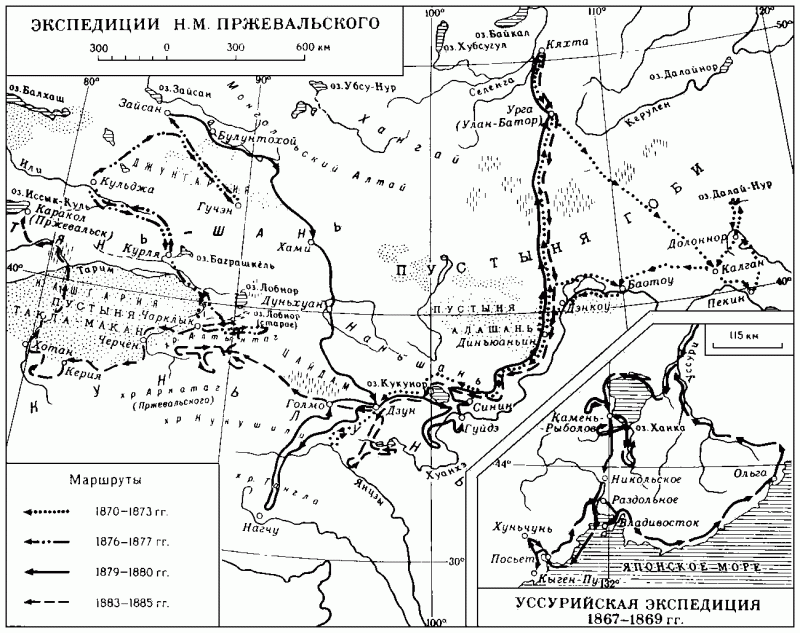
Thus, Przhevalsky began his second expedition deep into Central Asia as a trained man. He set the task to cross the mountains of Eastern Tien Shan and go to Lake Lobnor, then conduct research there, collect collections, return to Gulja and from there follow to Tibet. In the mountains of Eastern Tien Shan, the travelers headed along the valley of the Ili River, then turned along the Kunges River - the right source of the Ili. All this time, Przhevalsky and his assistants collected samples of local flora and fauna, for example, they caught the Tien Shan bear, a dark brown bear with long white claws on its front paws. Further, through the forests of the valley of the River Tsanma, the travelers reached the Narat ridge and overcame it found themselves on the Yuldus Plateau. Thus, the Przhevalsky expedition approached East Turkestan, where at that time there was a rather tense and dangerous political situation for Russian travelers.
A significant part of Eastern Turkestan at the time of the events described was part of the state of Yettishar - “Semigradiye”. This state formation existed for 12 years, from 1865 to 1877, and included vast areas of modern Xinjiang, including such important administrative and trade centers as Kashgar, Yarkand, Urumqi.
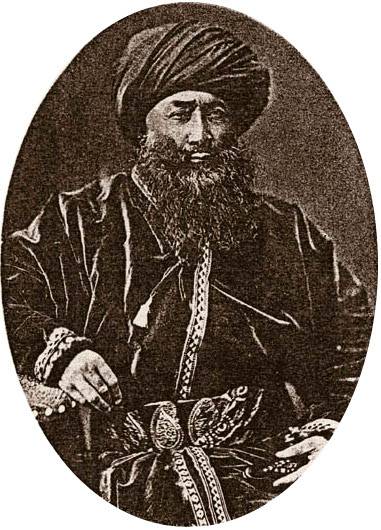 The ruler of this state was Magomet Yakub-Bek Badaulet (1820-1877) - a man of obscure origin and complex biography, who commanded the troops of the Kashgar khan, and then usurped power in Kashgar and adjacent areas and proclaimed himself Khan Yettishar. Even the nationality of Yakub-bek is still unknown - some researchers consider him a Tajik, others Uzbek, some speak of Mongolian origin. Becoming the ruler of Yettishar, Yakub-bek took the title "Atalyk Ghazi Badaulet" - "Defender of Faith and Lucky."
The ruler of this state was Magomet Yakub-Bek Badaulet (1820-1877) - a man of obscure origin and complex biography, who commanded the troops of the Kashgar khan, and then usurped power in Kashgar and adjacent areas and proclaimed himself Khan Yettishar. Even the nationality of Yakub-bek is still unknown - some researchers consider him a Tajik, others Uzbek, some speak of Mongolian origin. Becoming the ruler of Yettishar, Yakub-bek took the title "Atalyk Ghazi Badaulet" - "Defender of Faith and Lucky." The second expedition of Przhevalsky was to deal with this man. Yakub-bek assured the Russian travelers of his good intentions in every possible way, but in fact he was very wary of Przhevalsky. It is quite understandable - the time was troubled, and the forces of the Manchu dynasty of China and the internal feuds of the feudal lords threatened the state of Yettishar. East Turkestan was also a sphere of intersection of interests of the Russian and British empires. Naturally, any foreigners appearing in these parts were perceived by the Kashgar authorities as spies. Przhevalsky’s expeditions allowed him to stop in the town of Korla, but the soldiers were sent to guard, who were instructed not to allow the contacts of the Russian travelers with the local population. Yakub-bek thought for two weeks and finally allowed the expedition to proceed further.
4 November 1876, Przewalski and his companions left Korla toward Lake Lobnor. Of course, Yakub-bek could not leave the expedition without supervision, so the Kashgar convoy under the command of Zaman-bek was put in charge of the travelers. Kashgarians still did not allow Przhevalsky’s contacts with local residents and, in an effort to force travelers to abandon their plans, led the expedition to the Tarim River in the most difficult way - through the Konchedarya and Inchchedarya rivers. But, having overcome 90 kilometers, the travelers nevertheless reached the Tarim River in the area where the Calendars flow into it. The expedition crossed the river on a raft. There was very little way to Lake Lobnor, but the Kashgar convoy deceived Przhevalsky. The people of Zaman-bek told the traveler that there was no direct route to Lake Lobnor, and they led the expedition to the village of Charhalyk for the winter. In Charhalyk, Przhevalsky left a collection of the expedition, three Cossacks for protection and a Kashgar convoy, while he himself went with the other three Cossacks and his assistant Eclon to the Altyntag Mountains. Locals told that wild camels are found here, but for all the time Przhevalsky managed to see a wild camel only once, and then he quickly disappeared from view. In the Altynta mountains, Przhevalsky met the new 1877 year. In early February, the traveler returned to Charhalyk, to immediately speak to the lake Lobnor. The whole of February and the first two-thirds of March 1877, the Russian expedition spent on Lake Lobnor.
Drying lake Lobnor water level depends solely on the Tarim River. Here we make a retreat to modern realities. In the first half of the twentieth century, the lake had an area of about 3100 km², but then began to dry out rapidly. This was facilitated by the development of artificial irrigation in Xinjiang, and the population growth in the region, where the Chinese began to move strongly in the second half of the twentieth century, and wind erosion. As a result, the lake broke up into several smaller lakes and marshes. According to environmentalists, massive cutting down of vegetation on its shores played an important role in the death of Lake Lobnor. Locals cut down poplars, willows, reeds, tugai for use as fuel. Deprived of a natural "green shield", the lake began to dry out.
However, when Przhevalsky visited there, he still found the lake larger in area, with a rich fauna. Millions of floating birds gathered on Lobnor, the most were ducks. The traveler noted that there are a lot of birds here, but they are not very diverse - Przhevalsky counted only 27 species.
While the expedition was on Lobnor, Przhevalsky had the opportunity to get acquainted with the life and lifestyle of the local population - Karakurchins. By this time, the convoy commander Zaman Bey began to treat travelers more condescendingly and had already allowed them to contact with local residents. Przhevalsky found that Karakurchins, who live in eleven villages in the vicinity of Lobnor, speak a Uygur dialect close to the Hotan dialect, most of them belong to the Caucasoid type, although there are many among them with clearly Mongoloid appearance.
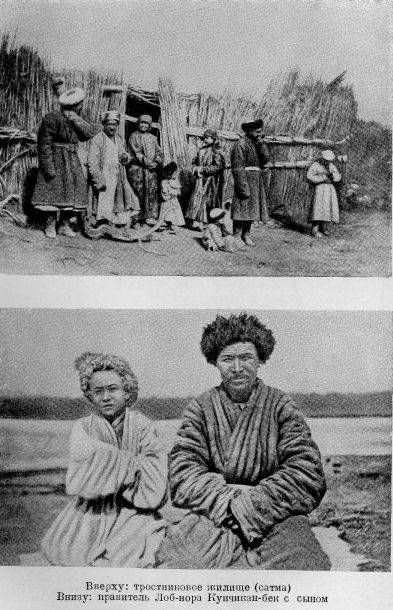 By the time of the Przhevalsky expedition, the Karakurchinians were huddled in reed huts, while these were heated with reeds. The main occupation of Karakurchin were fishing and hunting for ducks - this gave them food. Naturally, in the Karakuchin villages reigned utter poverty. Przhevalsky noted that although Karakurchins are considered Muslims, he did not notice any particular religiosity in their behavior. In his memoirs, he writes that he had never seen how the Karakurchins make namaz, did not find them and the clergy or spiritual teachers.
By the time of the Przhevalsky expedition, the Karakurchinians were huddled in reed huts, while these were heated with reeds. The main occupation of Karakurchin were fishing and hunting for ducks - this gave them food. Naturally, in the Karakuchin villages reigned utter poverty. Przhevalsky noted that although Karakurchins are considered Muslims, he did not notice any particular religiosity in their behavior. In his memoirs, he writes that he had never seen how the Karakurchins make namaz, did not find them and the clergy or spiritual teachers. The expedition managed to acquire the skins and skulls of wild camels. Thus, it was found that a double-humped camel is found in the deserts of Central Asia. Local residents told the traveler in more detail about the habits of a wild camel, the peculiarities of its behavior. It turned out that, compared with a domesticated relative, a wild camel has much more sharpness and mobility, it moves very quickly, it can even climb such mountains, where it is difficult for a person to climb.
After exploring the area around Lake Lobnor, Przhevalsky, with his 25 expedition on April 1877, returned to Korla. There, travelers were again accommodated in a guest house guarded by the Kashgar convoy. Finally Nikolay Przhevalsky was able to meet with Yakub-bek and give him presents, after which the expedition received four horses and ten camels from the Khan. However, Yakub-bek clearly saved on camels - only two days after the caravan left Korla, the camels passed to them fell. The expedition remained 6 horses and 10 camels. The travelers set a course for the Tien-Shan Mountains, to which they were accompanied by the Kashgarians. Out on the Yuldus Plateau, Przhevalsky sent a Cossack and a translator to Gulja - for help. Three weeks later, a caravan of new camels and food arrived. 3 July 1877, the Przhevalsky expedition returned to Gulja. Here Nicholas Przhevalsky became aware of another important event for him - while he was on an expedition, at the end of March 1877, he was given the military rank of colonel. For a thirty-seven-year-old officer, this was a good career, especially considering that he did not command commanders.
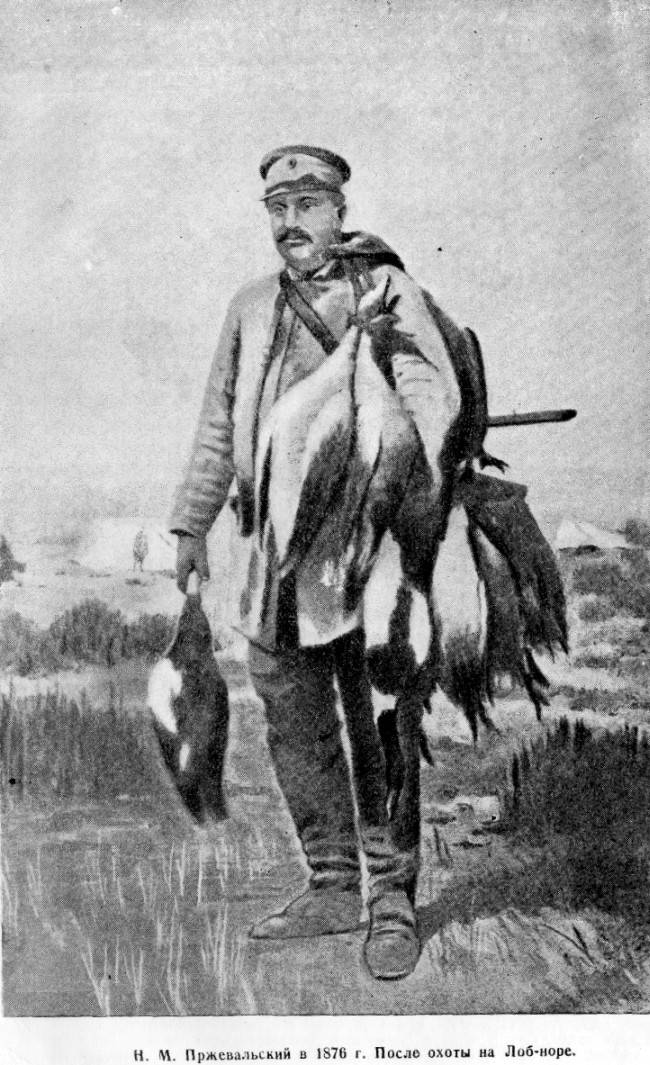
The Przhevalsky expedition had been in Kuldja for two months. During this time, travelers were able to relax, as well as disassemble the collections collected during the journey. 18 August 1877 Przewalski completed the writing of the report, which was then published in the "Proceedings of the Geographical Society". While Przhevalsky was in Kuldzha, large-scale events took place in East Turkestan. 31 May 1877 was killed by Lord Yettishara Yakub-Bey Badaulet. He fell at the hands of his own courtiers, dissatisfied with the policy of the Khan. The following year, the Chinese took advantage of this circumstance - the troops of the Qing Empire invaded East Turkestan and destroyed the state of Yettishar. The remains of Yakub-bek were dug out of the grave and burned.
While in Kuldzha, Przhevalsky was always dreaming about traveling to Tibet, but at that time a civil war began in Tibet. The road to the mysterious country from Kashgaria was closed, so the traveler decided to follow the Jungar steppes to Hami and further south to Tibet. 28 August The 1877 expedition, consisting of Przhevalsky, Eklon, four Cossacks and two soldiers, as well as 3 horses and 24 camels, emerged from Gulgi. With great difficulty, having passed through the endless sands of Central Dzungaria, travelers came to Guchen. While traveling along Dzungaria, Przhevalsky fell ill. He could no longer ride, he was in a fever. 27 November 1877, the expedition turned back. It was decided to recover in the hospital and try again to go to Tibet. 20 December 1877 Przhevalsky and his companions arrived in Zaisan. Having stayed there until mid-March, Przhevalsky again decided to go forward. 19 March 1878 expedition left Zaisan. However, soon the war ministry gave Przhevalsky an order to postpone the trip to Tibet until a more favorable time.
Przewalski himself considered his second trip unsuccessful. But the scientific results of this expedition are beyond any doubt. After all, the most valuable collections of flora and fauna were collected, Lake Lobnor was mapped, the Altyntag mountains were explored, the way of life of the residents of the Lobnor coast - Karakurchins was described. In 1878, the expedition to Lobnor Przhevalsky was awarded the Humboldt Big Gold Medal.
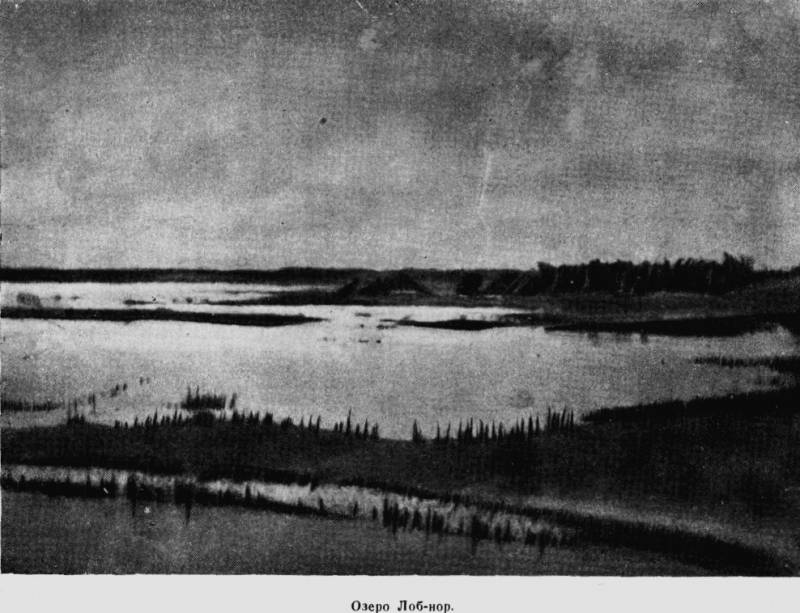
Information